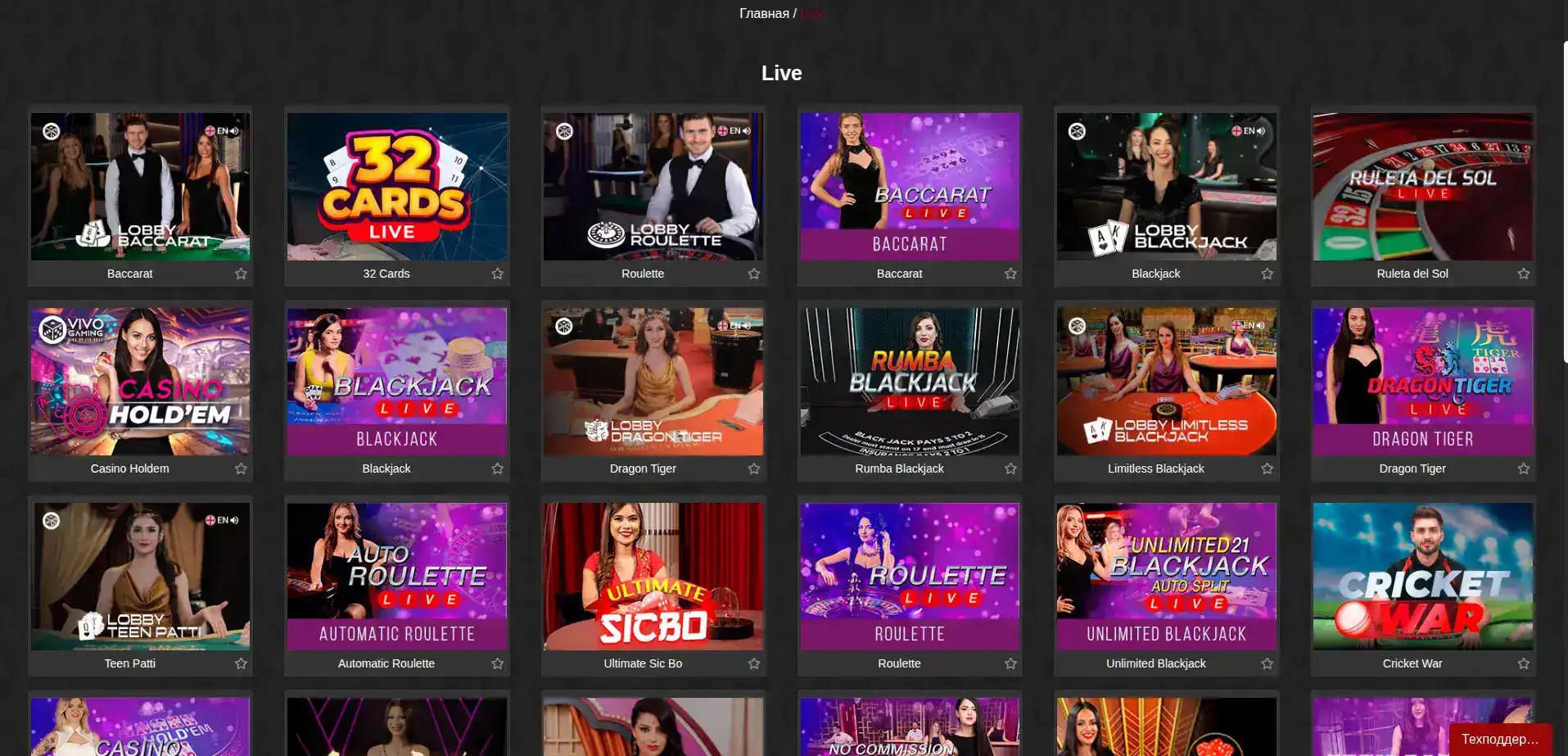Гонзо казино - официальный сайт для игры в слоты
Платформа запущена в 2025 году. Лицензия Curacao eGaming. Минимальный депозит 500 рублей. Вывод средств обрабатывается за 2-7 часов. RTP слотов от 96%.
Игровые автоматы Гонзо
В коллекции представлено 1200+ слотов от ведущих провайдеров. Pragmatic Play, Play'n GO, Nolimit City, Hacksaw Gaming, Endorphina. Новые игры добавляются еженедельно.

Технические характеристики
| Год основания | 2025 |
| Лицензия | Curacao eGaming |
| Минимальный депозит | 500 RUB |
| Валюта счета | Рубли, евро, доллары |
| Верификация | Требуется для вывода от 15000 RUB |
| Поддержка | 24/7, онлайн-чат, email |
Бонусная программа
Новые игроки получают приветственный пакет до 100000 рублей. Первый депозит удваивается. Второй и третий депозиты увеличиваются на 50%. Вейджер х35.
Еженедельный кэшбэк 10% для постоянных клиентов. Без депозитные спины за активность. Турниры с призовым фондом от 500000 рублей.

Безопасность и лицензирование
Платформа использует SSL шифрование 256-bit. Данные игроков хранятся на защищенных серверах в ЕС. Регулярные аудиты независимыми организациями.
Лицензия Curacao eGaming № 8048/JAZ2023-009. Оператор Suprasonic N.V. Юридический адрес: Abraham de Veerstraat 9, Willemstad, Curaçao.
Мобильная платформа
Адаптивный сайт работает на iOS и Android. Загрузка приложения не требуется. Все функции доступны в мобильной версии. Скорость загрузки страниц менее 2 секунд.

Ответственная игра
Установите лимиты на депозиты и время игры. Самоисключение доступно на срок от 24 часов до 5 лет. Консультации психолога бесплатно.











